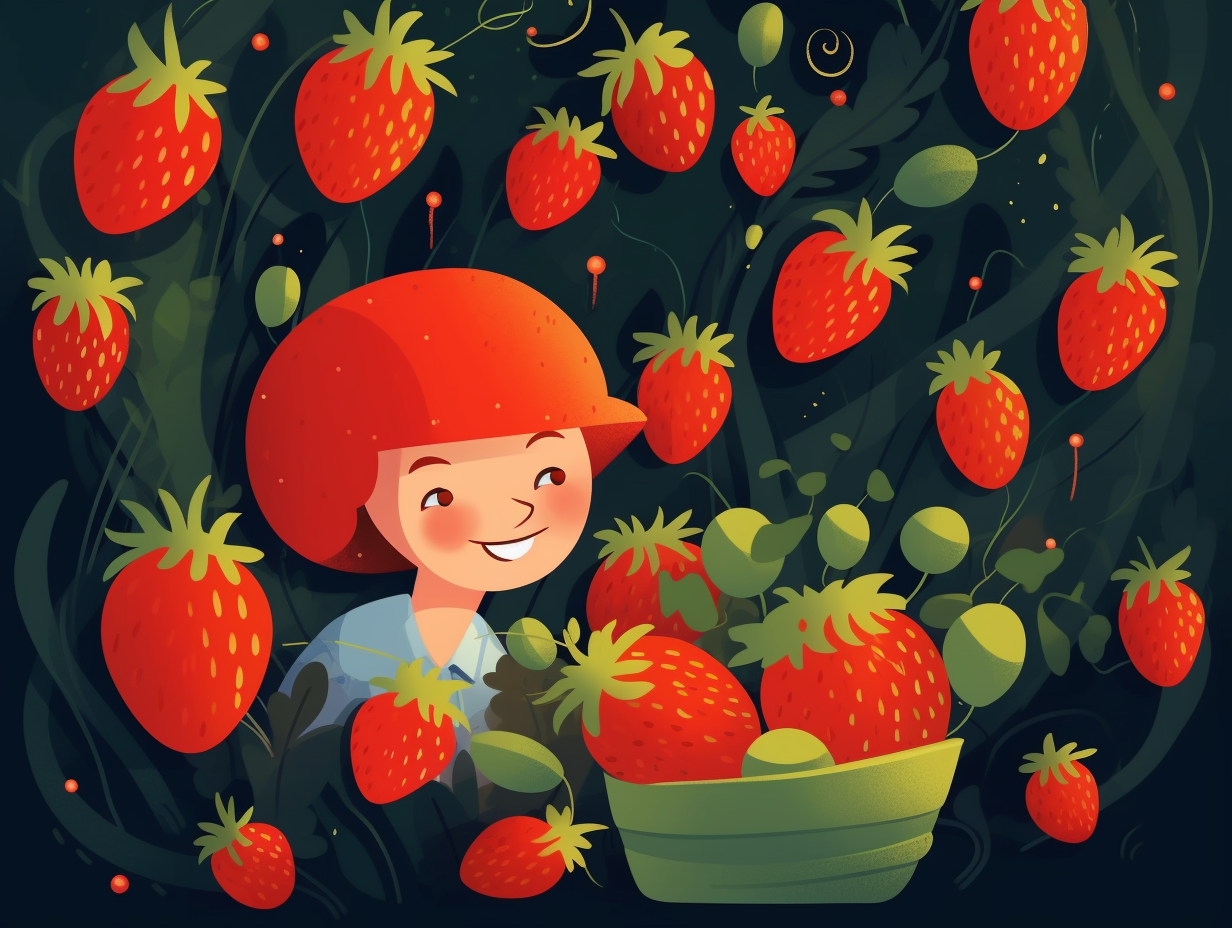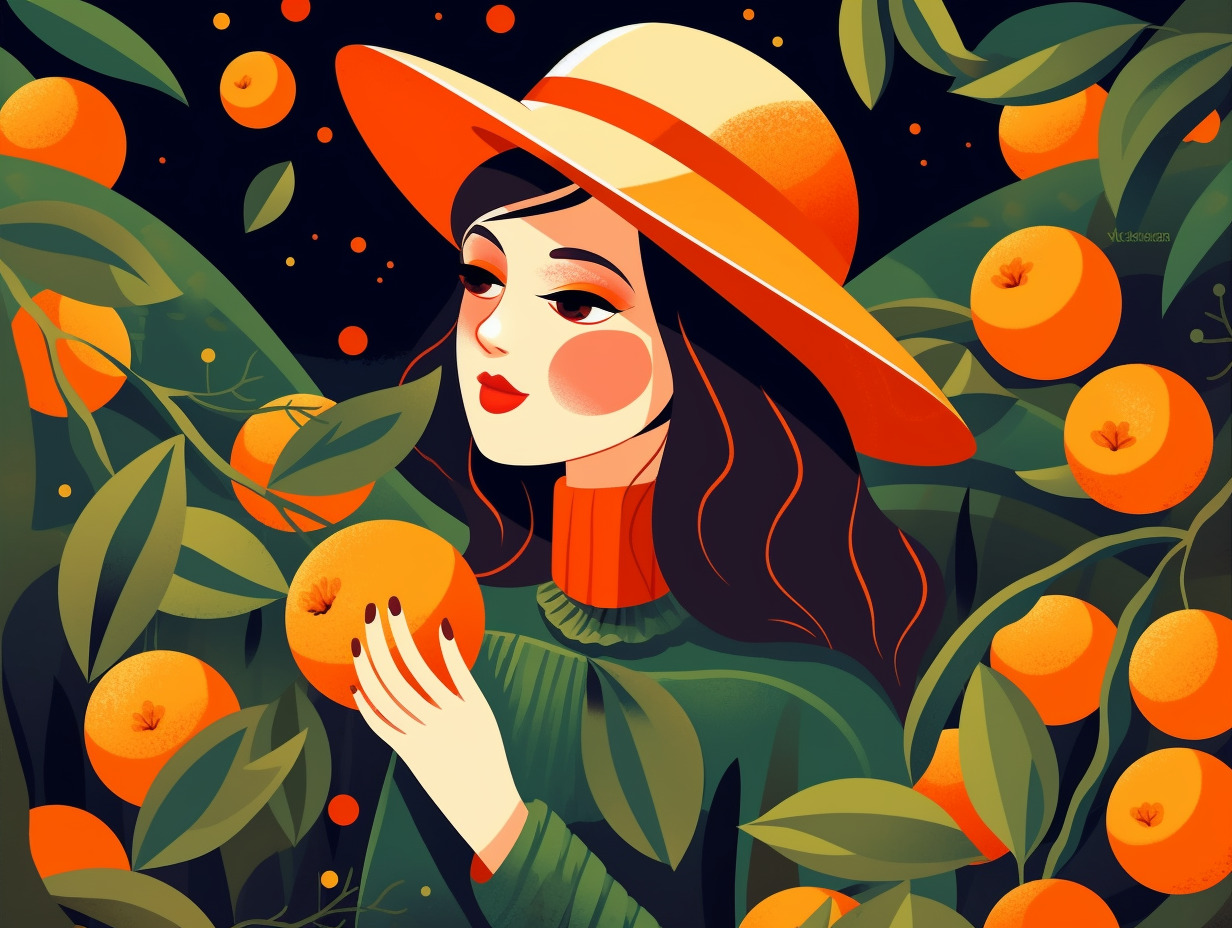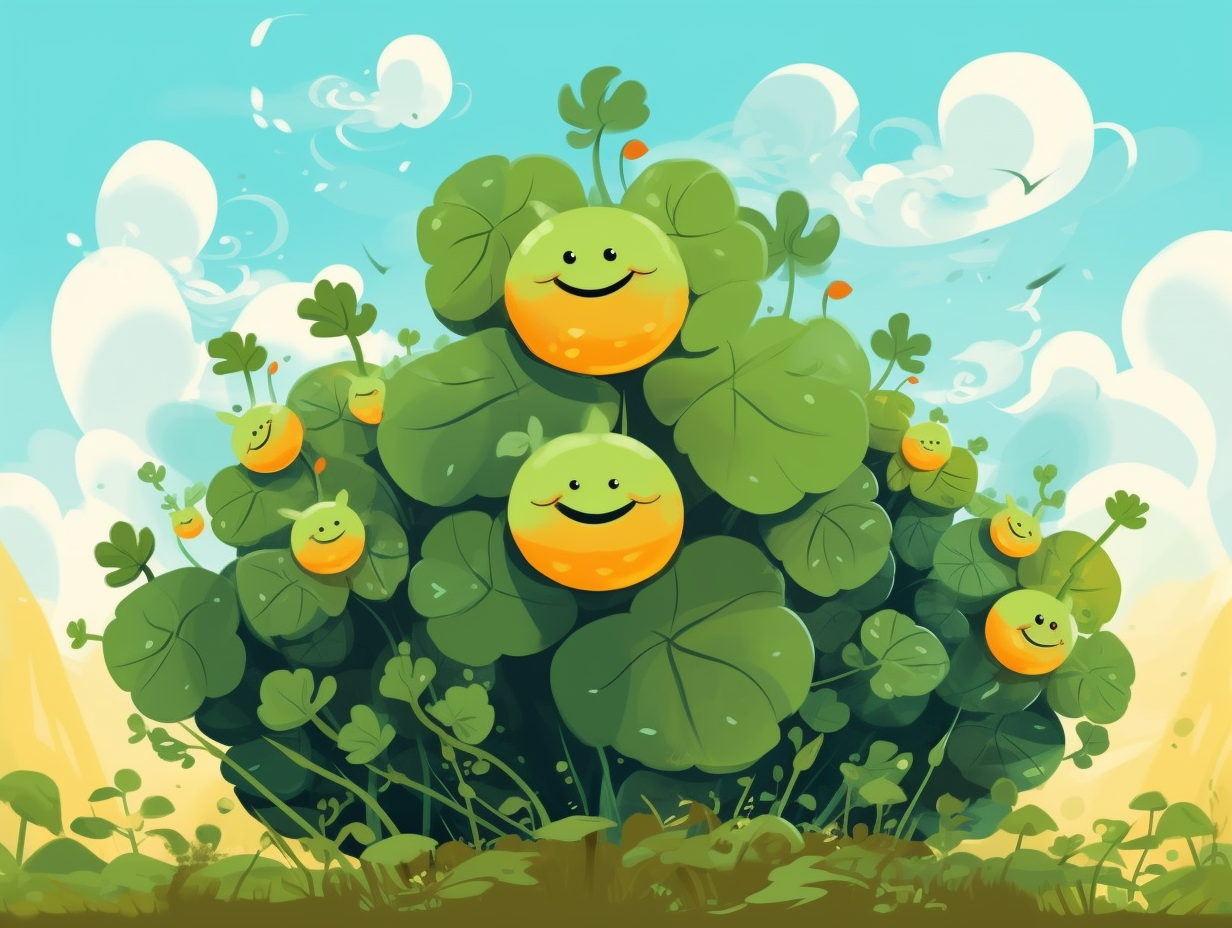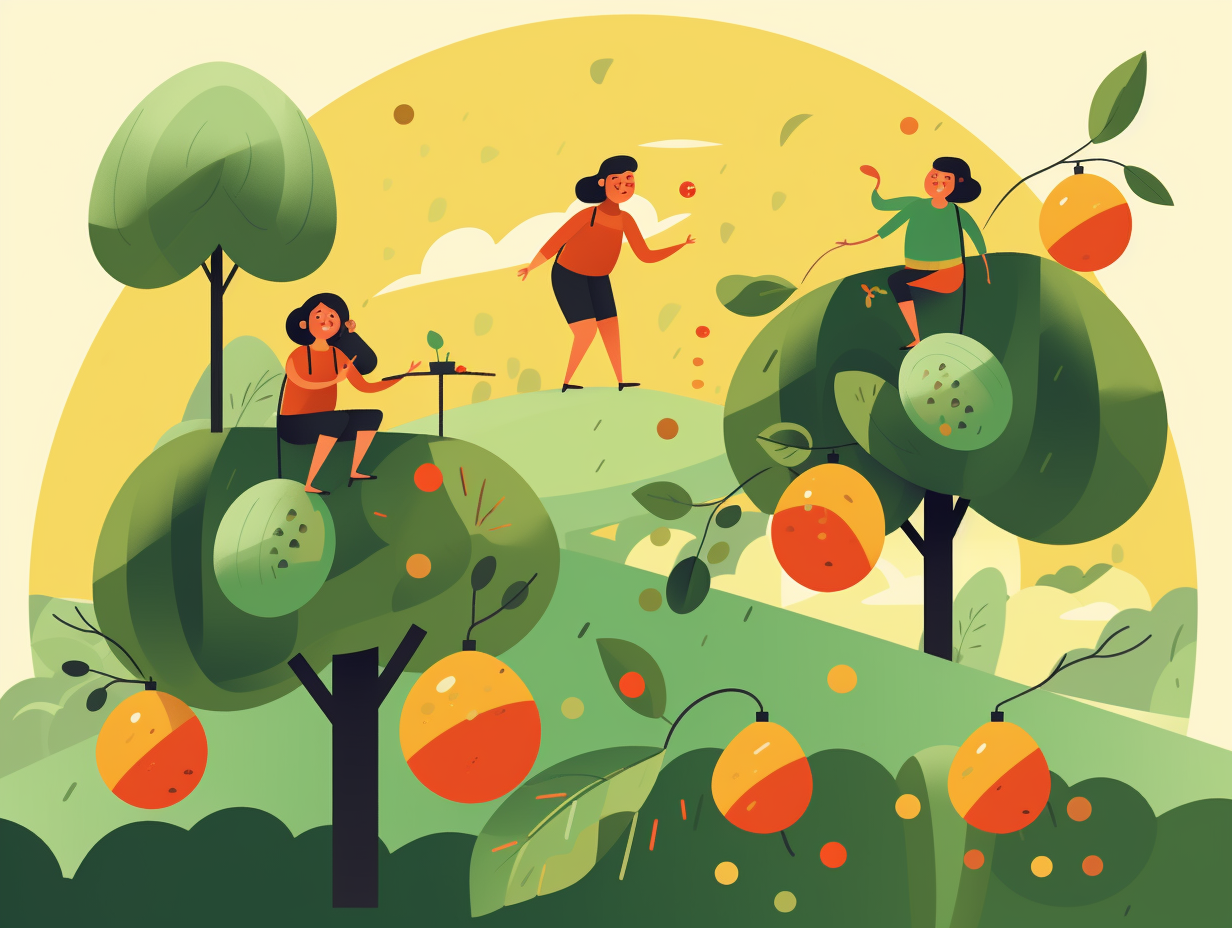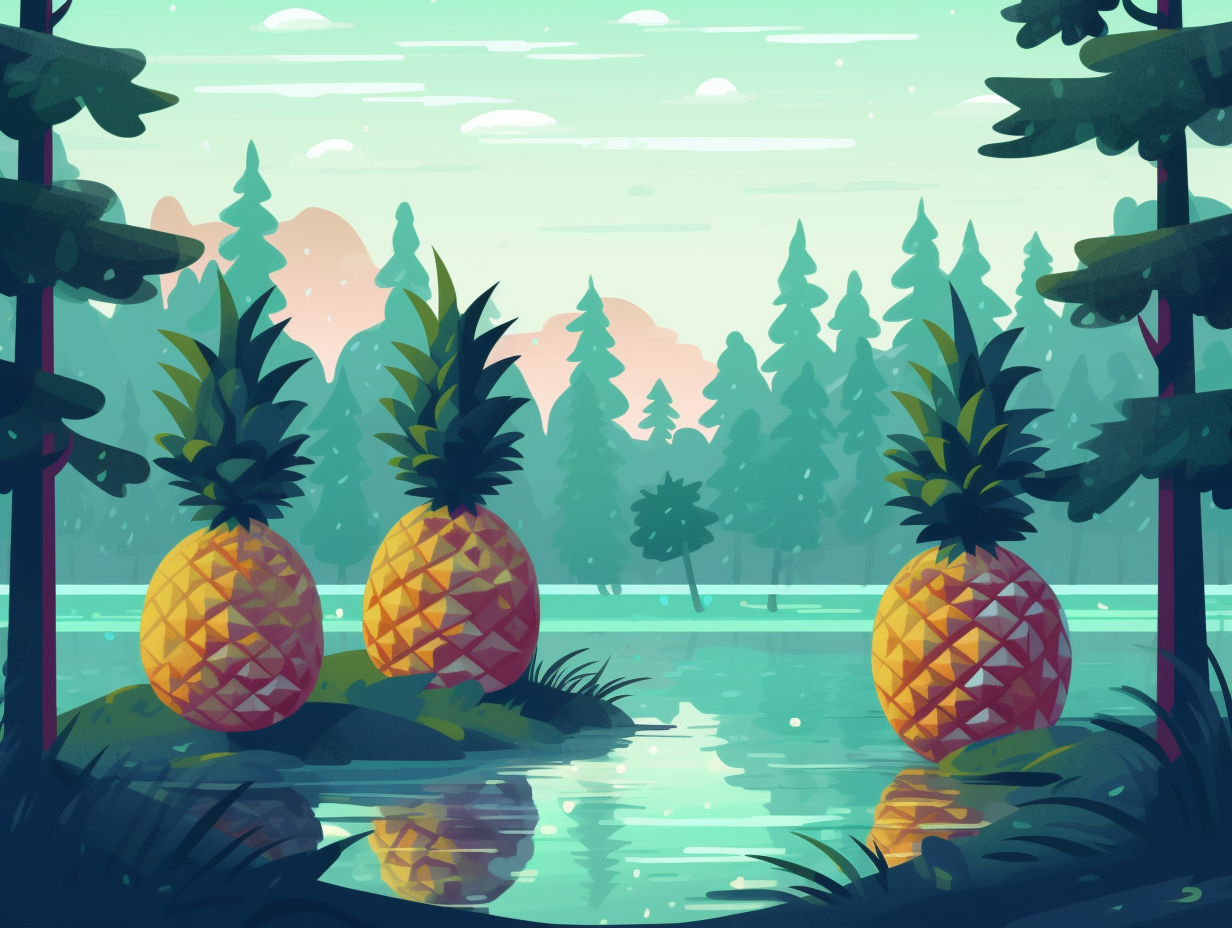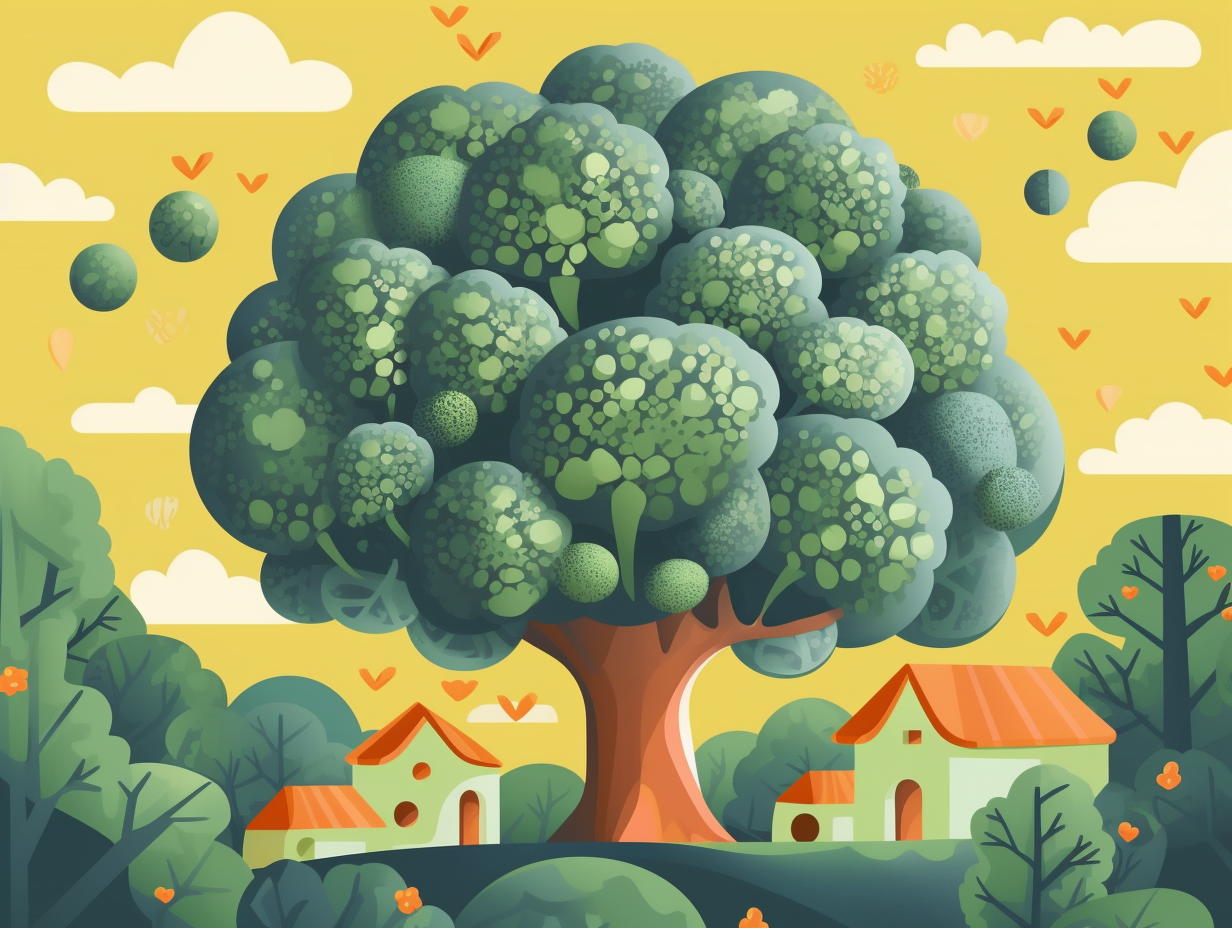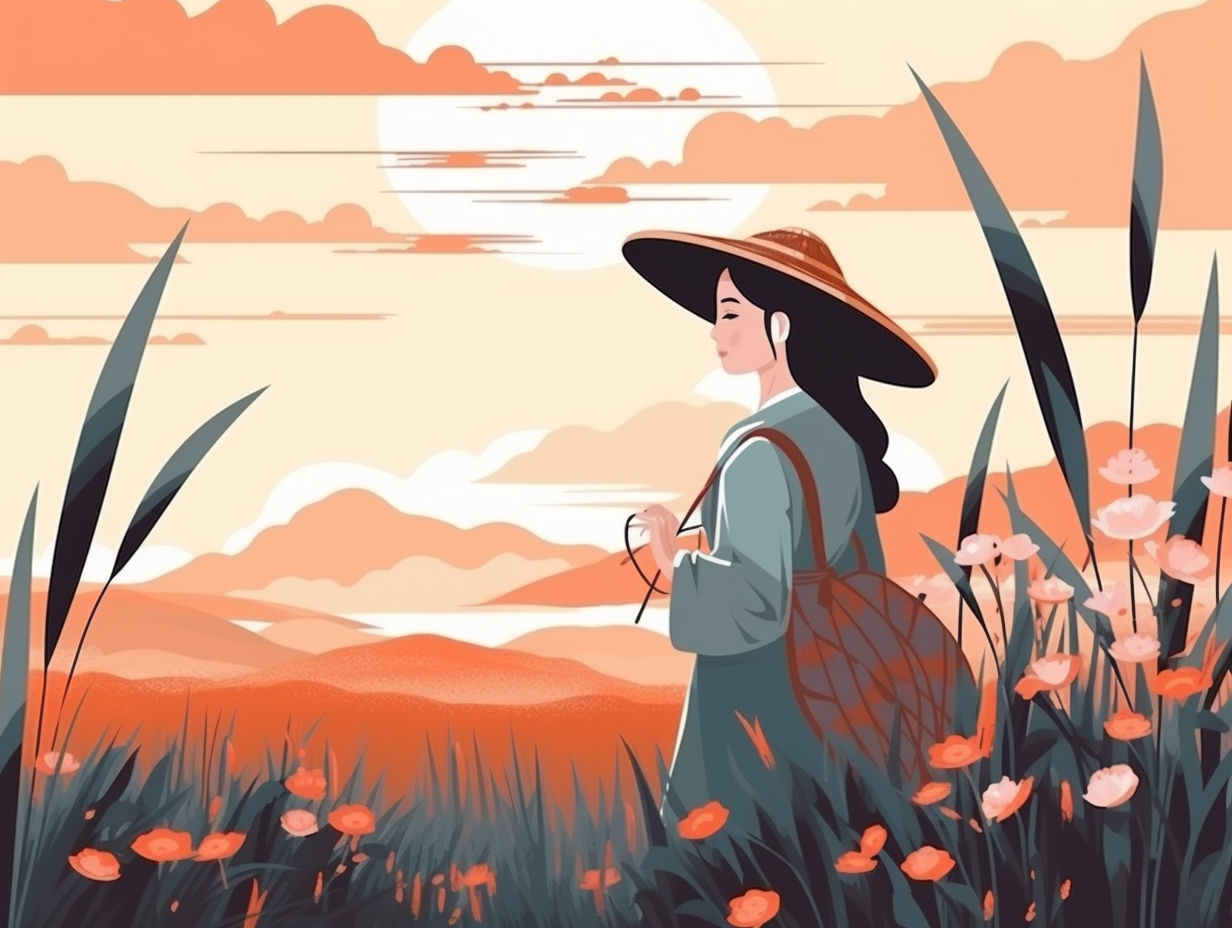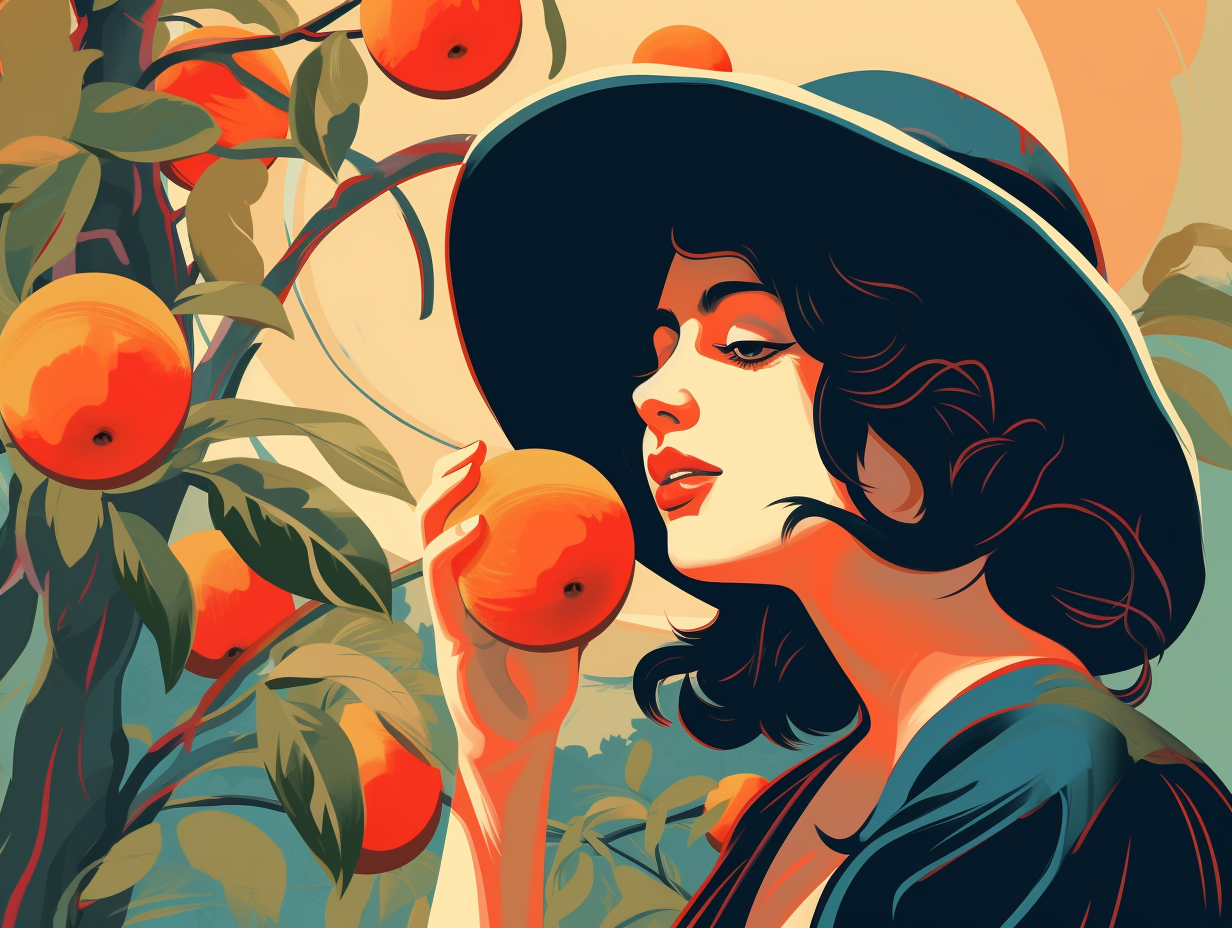Discover the Deliciousness: Top 22 Fun Facts About Food You Never Knew!

1. Apples vs. Coffee
An apple a day might not keep the barista away, but it sure gives coffee a run for its beans: While apples provide a natural sugar-fueled energy boost, they don't quite match caffeine's sleep-fighting prowess - but they do offer fiber, essential nutrients, and antioxidants to one-up java in the health department without causing acid reflux or addiction.
Source => thehealthsite.com
2. Carrots' Royal Colors
Don't be green with envy, but carrots have a royally colorful past: Before the 17th century, these crunchy stars sported shades of yellow, white, and purple until Dutch cultivators painted them orange in an edible salute to William of Orange, and now, we're left with their vibrant legacy!
Source => washingtonpost.com
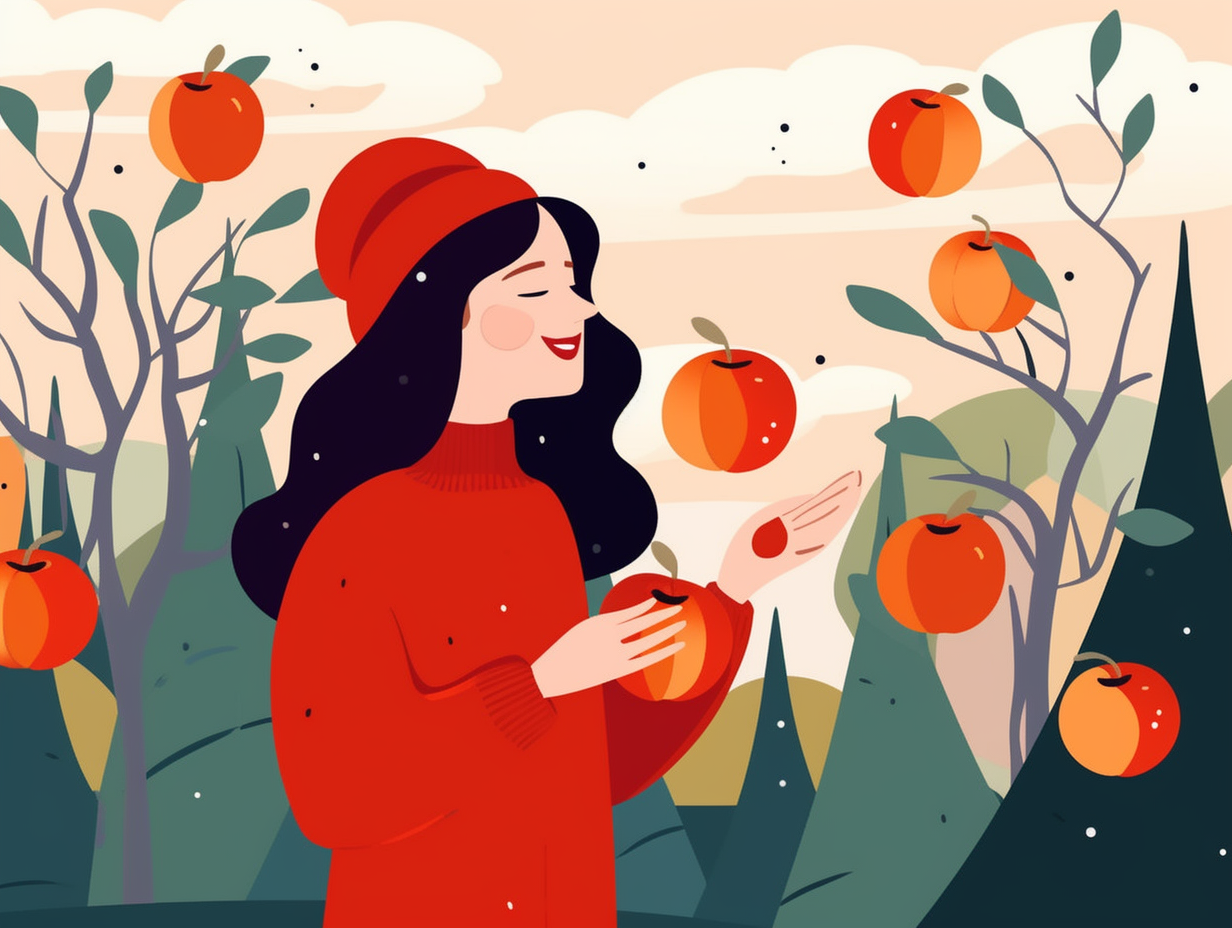
Did you know that blueberries aren't truly blue? Discover the surprising secret behind their deceptive color and the astonishing truth about nature's elusive blue bounty! 🫐🔍🤯
=> Fun Facts about Fruits
3. Turkey National Symbol Myth
Gobble up this wild misconception, bird-brained enthusiasts: Contrary to the feathery tale, Benjamin Franklin never proposed the turkey as a national symbol to dethrone the bald eagle. Rather, he merely pecked at the eagle's character in a letter to his daughter, putting the turkey on a higher perch for its respectability and courage.
Source => fi.edu
4. Thomas Jefferson, Founding Foodie
Before "fry guys" took over the world and "cheese pulls" became the ultimate Instagram flex, there was a Founding Foodie on the loose, bringing delicacies from France to the American palate: Thomas Jefferson collected over 150 French recipes during his time as the US Minister to France in the late 1700s, introducing dishes like vanilla ice cream, fried potatoes, and macaroni and cheese to America. The popularity of French fries in the US skyrocketed in the early 20th century, thanks to WWI soldiers, but Jefferson was already serving them at a White House dinner in 1802, describing the dish as "pommes de terre frites à cru en petites tranches" and requesting them to be fried "in the French manner."
Source => world-foodhistory.com
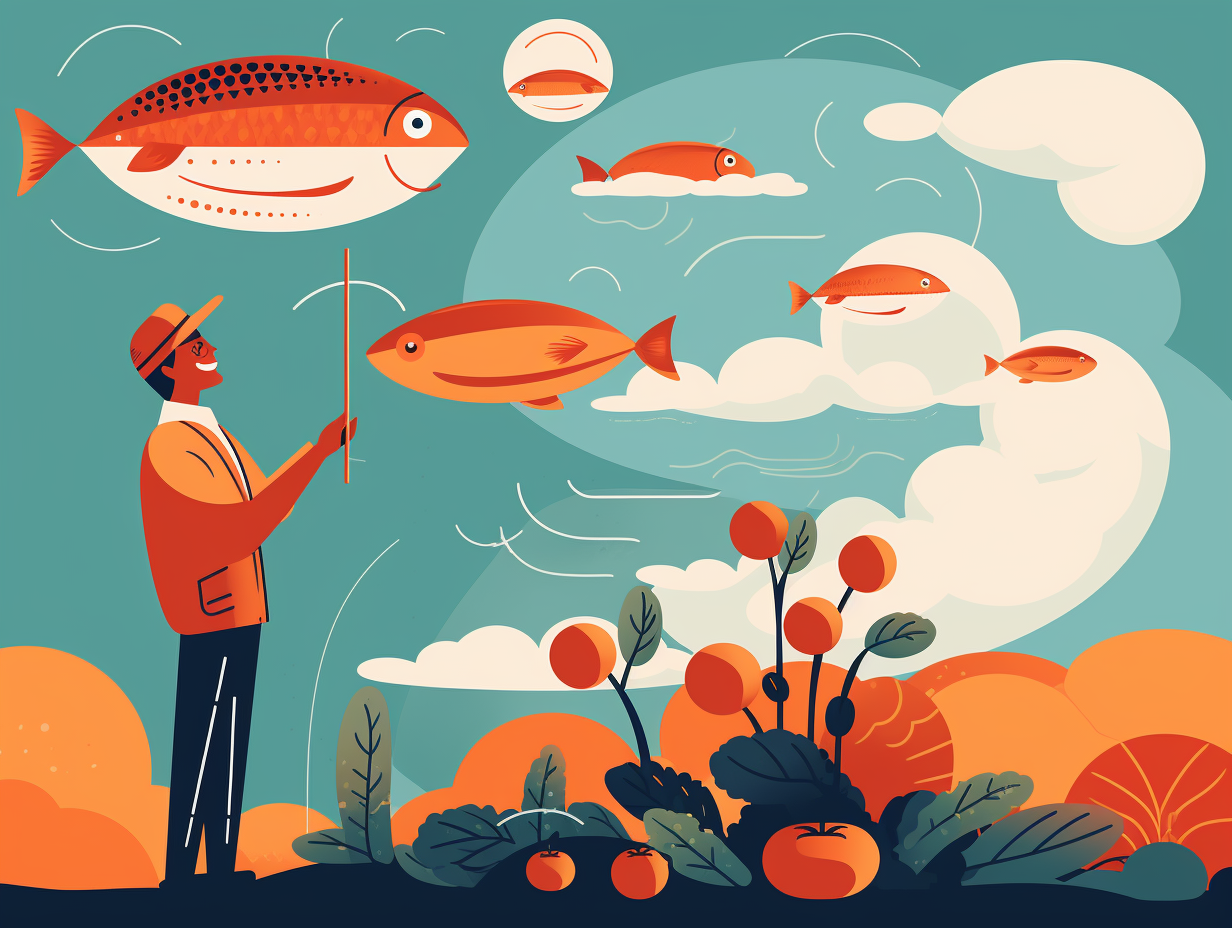
5. Edamame-flavored KitKat
Beans, beans, the magical fruit, now they're in a candy to boot: In Japan, KitKat partnered with Zunda Saryo to create a soybean paste-flavored KitKat that mimics the exact taste of Zunda Saryo's popular zunda shake, using edamame powder in the cream and blending the shake into the chocolate coating - but it's only available in the Sendai region, sold in boxes of nine mini-bars at souvenir stores around Sendai Airport and Sendai Station.
Source => tripzilla.com
6. Earl of Sandwich's Creation
Who spilled the tea on the sandwich's saucy scandal? Give the Earl a hand; it's a beefy tale with a royal flush: The Sandwich was invented by John Montagu, the 4th Earl of Sandwich, in 1762 during a card game when he requested a serving of roast beef between two slices of bread to avoid greasy fingers and game disruption, thus giving birth to the iconic, edible, hand-held phenomenon. The legacy continues today as the Earl of Sandwich restaurants delight patrons with freshly baked, made-to-order sandwiches crafted from the finest ingredients.
Source => earlofsandwichusa.com
7. In-N-Out's Drive-Thru Innovation
Before "The Dude" could even abide at his favorite drive-thru or Marty McFly could long for a futuristic hoverboard outside a fast-food joint, a tiny burger stand in the golden age of Americana was cooking up a mouthwatering revolution: In 1948, the very first In-N-Out Burger in Baldwin Park, California, introduced the world to the two-way intercom system for placing orders without setting foot outside their beloved hot rods, solidifying its status as a game-changer among burger aficionados and helping the brand expand to a scrumptious empire of over 347 locations.
Source => cal170.library.ca.gov
8. Edible Banana Peels
Talk about the "peel" deal: banana peels aren't just for slapstick comedy skits; they're edible, nutritious powerhouses, boasting benefits in potassium, magnesium, fiber, vitamins B6 and B12, as well as an unlikely entry in the recipe book for delicious teas, vinegar, pickles, and even pimple-fighting face masks. So next time you go bananas, remember that the party doesn't end at the peel!
Source => today.com
9. Honey's Immortality
Once upon a beehive, in the land of amber nectar, honey's quest for immortality was but a sweet dream: Honey may not last forever, but it does have an incredibly long shelf life when stored correctly, with its low moisture content and acidity making it hard for bacteria to spoil, and can remain safe to eat for years or even decades despite changes in consistency and taste.
Source => allrecipes.com

10. Aztecs and Cacao Beans
Forget popping bottles at the club - the Aztecs were dropping beans for the gods: The ancient civilization valued cacao beans so much that they not only equated them with the fertility goddess Xochiquetzal, but also used them as sacred currency for tributes and believed they contained aphrodisiac properties.
Source => dailynews.com
11. Jefferson's Coffee Obsession
Before there was Starbucks, there was Thomas "Java" Jefferson: This caffeine-enthusiast Founding Father imported coffee beans from both the East and West Indies, maintaining a stockpile of up to 60 pounds in his Monticello cellar.
Source => bipartisancafe.com
12. The Cocoa Trees' Efforts
In a world where love is celebrated with heart-shaped chocolates, one must wonder about the efforts of the cocoa trees that bring them to life: Astonishingly, cacao trees can bear up to 100,000 blossoms in a single year, but only 10 to 30 percent of them will grow into mature cacao pods, eventually undergoing a nine-day fermentation and drying process to be transformed into 1 pound of chocolate goodness.
Source => cargill.com
13. World's Heaviest Strawberry
"Beauty is in the eye of the berry-holder": This Israeli farmer shattered the world record for the heaviest strawberry with a colossal fruit tipping the scales at 289 grams – nearly five times the weight of your typical strawberry, but not quite the weight of a baseball, as some misinformed sources might suggest!
Source => sciencetimes.com
14. Astronauts' Space Menu
Is the idea of a spiced perch breakfast alien to you? Buckle up, because we're about to go intergalactically gourmet: Russian astronauts have around 100 different food items in their space menu, including their unique breakfasts, and can feast on things like pasta and fruit, meatloaf or even coconut cream pie, while American astronauts in the Mercury, Gemini, and Apollo missions started off with freeze-dried and bite-sized cubes before graduating to these delectable options.
Source => discoverspace.org

15. Ice Harvesting in the Past
Long before your fridge had its own ice maker and Elsa could just "let it go," people were ice ice, babymakers: In the pre-refrigeration era, ice harvesting was big business, with companies like the Miller Ice Company of Mankato, Minnesota cutting ice from frozen rivers and lakes, storing it in icehouses to last the whole year, and even using a "solid-wheeled, chain-drive Reo truck" for hauling - a practice that lasted until the s-ice-tacular invention of artificial ice-making equipment in 1952!
Source => mankatolife.com
16. Cheese Science Experiment
Cheeses be praised, for they are not only the life of the party but also a complex science experiment: The International Dairy Federation recognizes a variety of cheeses affected by factors such as coagulum cutting size, curd heating conditions, and pressing, which impact their moisture content, texture, and unique flavors, while ripening by enzymes develops their distinct attributes.
Source => shop.fil-idf.org
17. Corn's Curious Identity
Corn-fusing identities: a green agent disguised as a starchy side dish or a grainy protagonist in a popcorn poppin' thriller, corn is indeed a botanical genius, being both a caryopsis fruit and a whole grain when mature, ensuring the spotlight never sways too far from it.
Source => eatingwell.com
18. Tacos' Silver-Mining Origins
Who knew miners could be such foodies? In a world before Yelp, silver miners in Mexico struck gold with their 18th-century culinary creations, dishing up street food that packed a spicy punch: Tacos, in their original form, featured soft corn tortillas crammed with fish and cooked organs. With toppings like cheese, lettuce, and tomato appearing only in the 20th-century America, even Taco Bell's founder had to go digging to discover the true origin of the tasty treasure!
Source => twistedtaco.com
19. Chili Peppers and Heart Disease
Feeling hot, hot, hot for health and spice: Regular chili pepper consumption may lower the risk of ischemic heart disease and cerebrovascular disease by roughly 1.5%, according to a tantalizing study in the Journal of the American College of Cardiology. Grab those peppers and let your taste buds dance - just remember, correlation doesn't equal causation, and further research is needed to solidify this delicious hypothesis.
Source => forbes.com
20. Potatoes' Andean Roots
As it spud so shall it rise: Potatoes hail from the Andes region of South America around 8,000 years ago, and now reign as the world's fourth-most important crop, helping satisfy the hunger of our ever-growing global village.
Source => bbc.com
21. La Tomatina Tomato Fight
In a tomato-tastic battle royale, saucy soldiers unite for a fruity free-for-all: La Tomatina, an annual food fight in Buñol, Spain, sees more than 100 metric tons of ripe tomatoes plastering the streets, with over 20,000 participants hurling squashed fruit in a ticketed, rule-abiding melee.
Source => latomatinatours.com
22. Blueberry Cultivation Discovery
Blueberries, the delicate mood ring of the fruit world that change from pale green to blushing purple: they owe their cultivation to scientist Frederick Coville, who published "Experiments in Blueberry Culture" in 1910 and discovered that blueberry bushes thrive in highly acidic soil, leading to the successful crossbreeding of highbush and lowbush varieties in 1911.
Source => ars.usda.gov
Related Fun Facts

